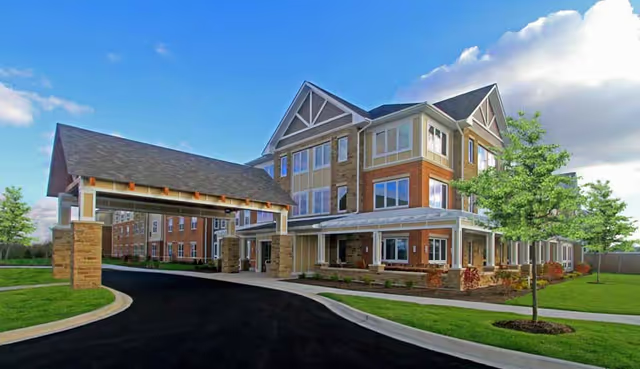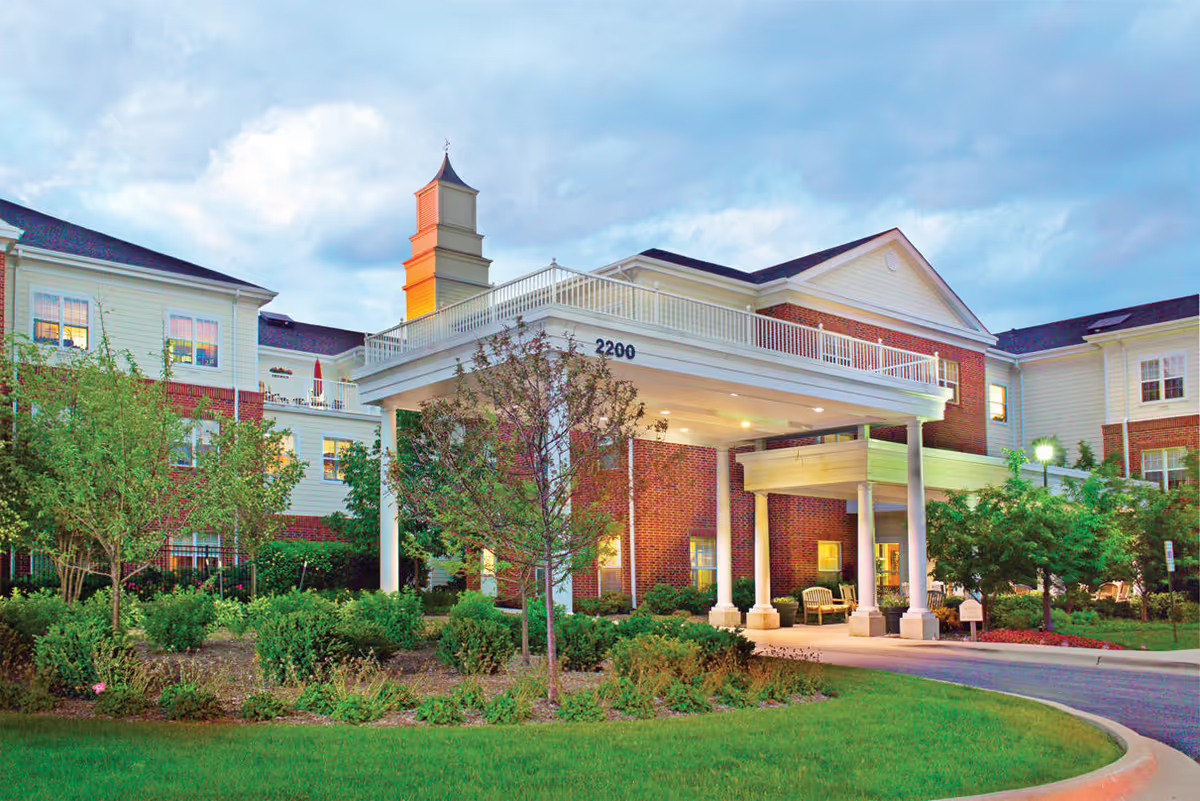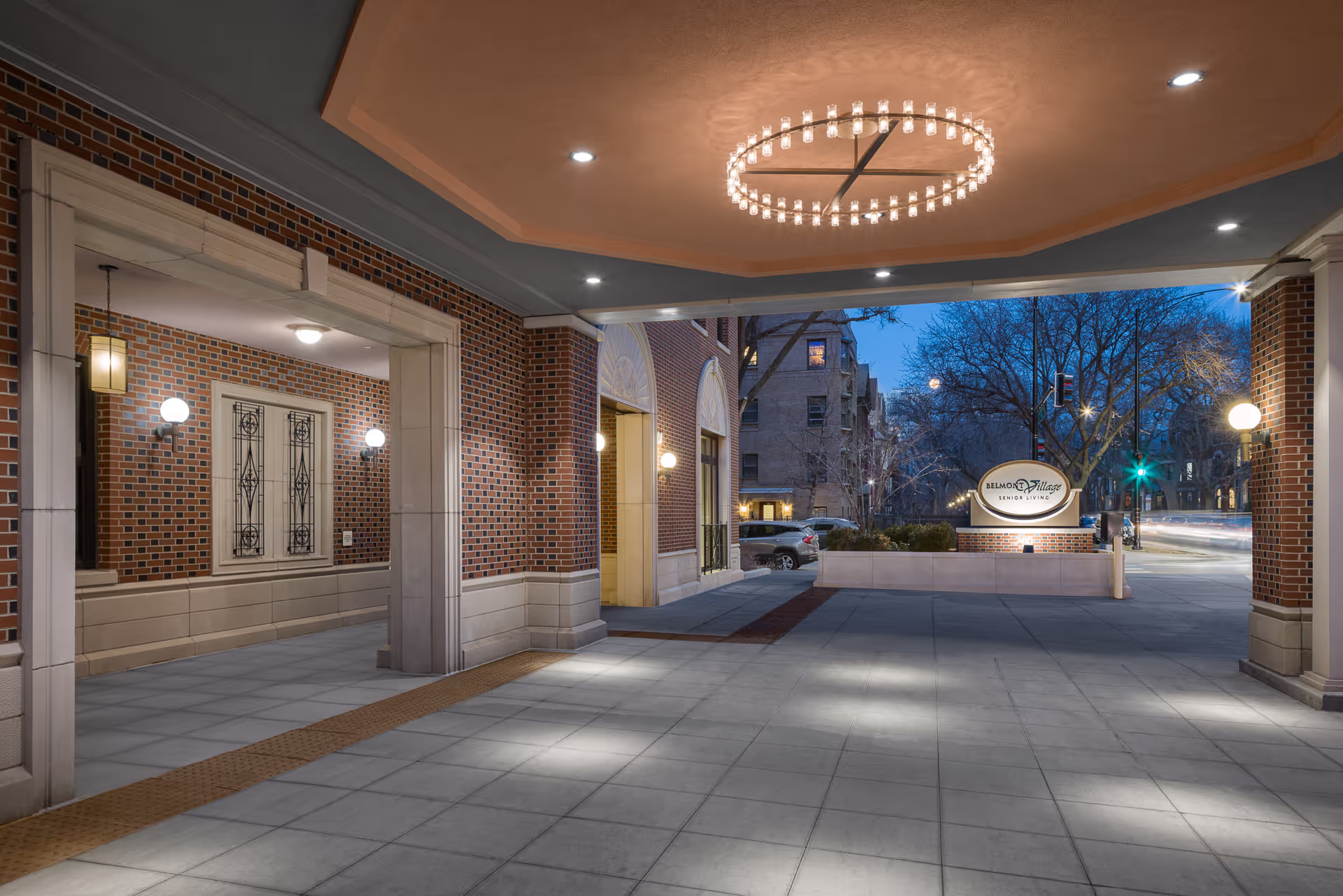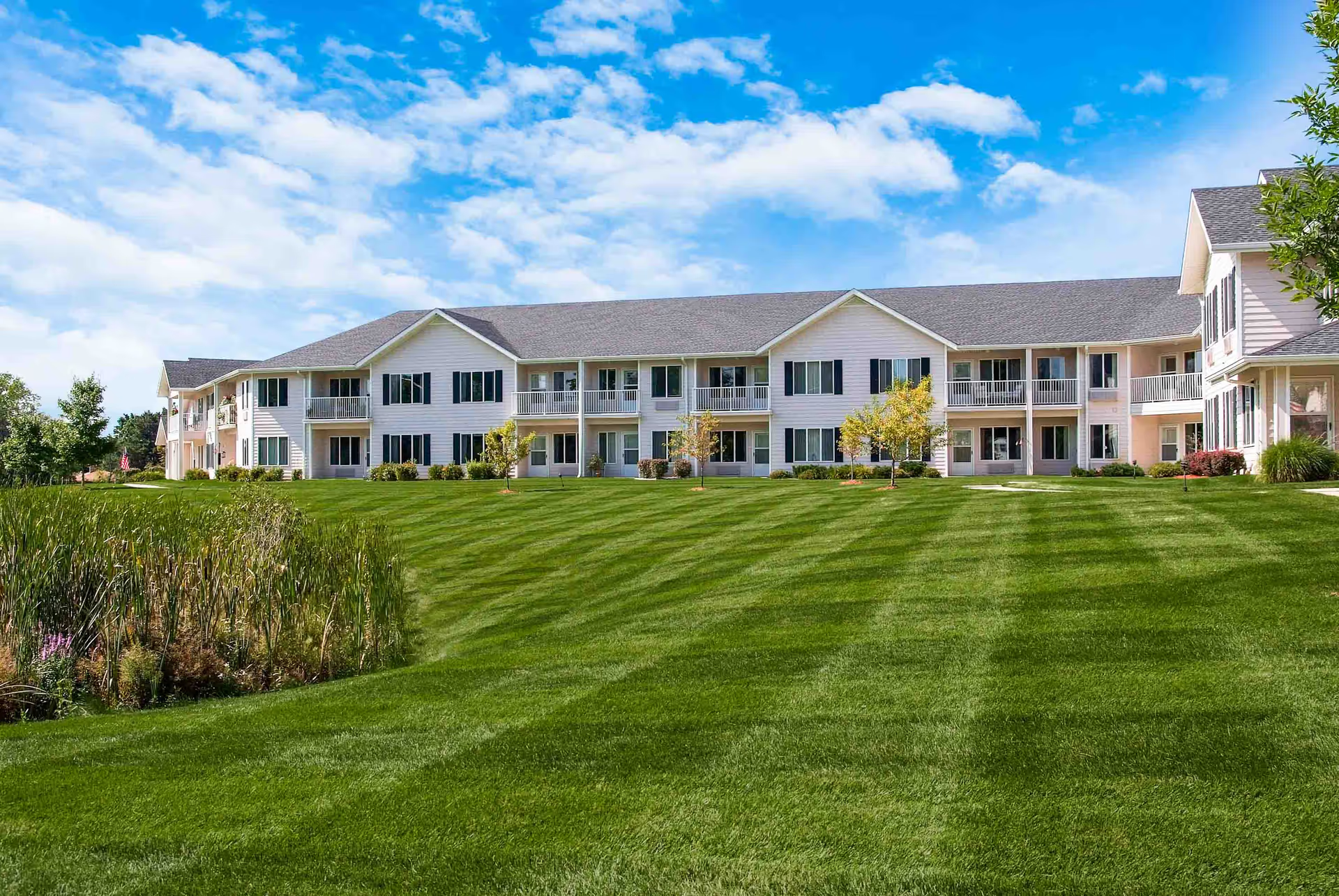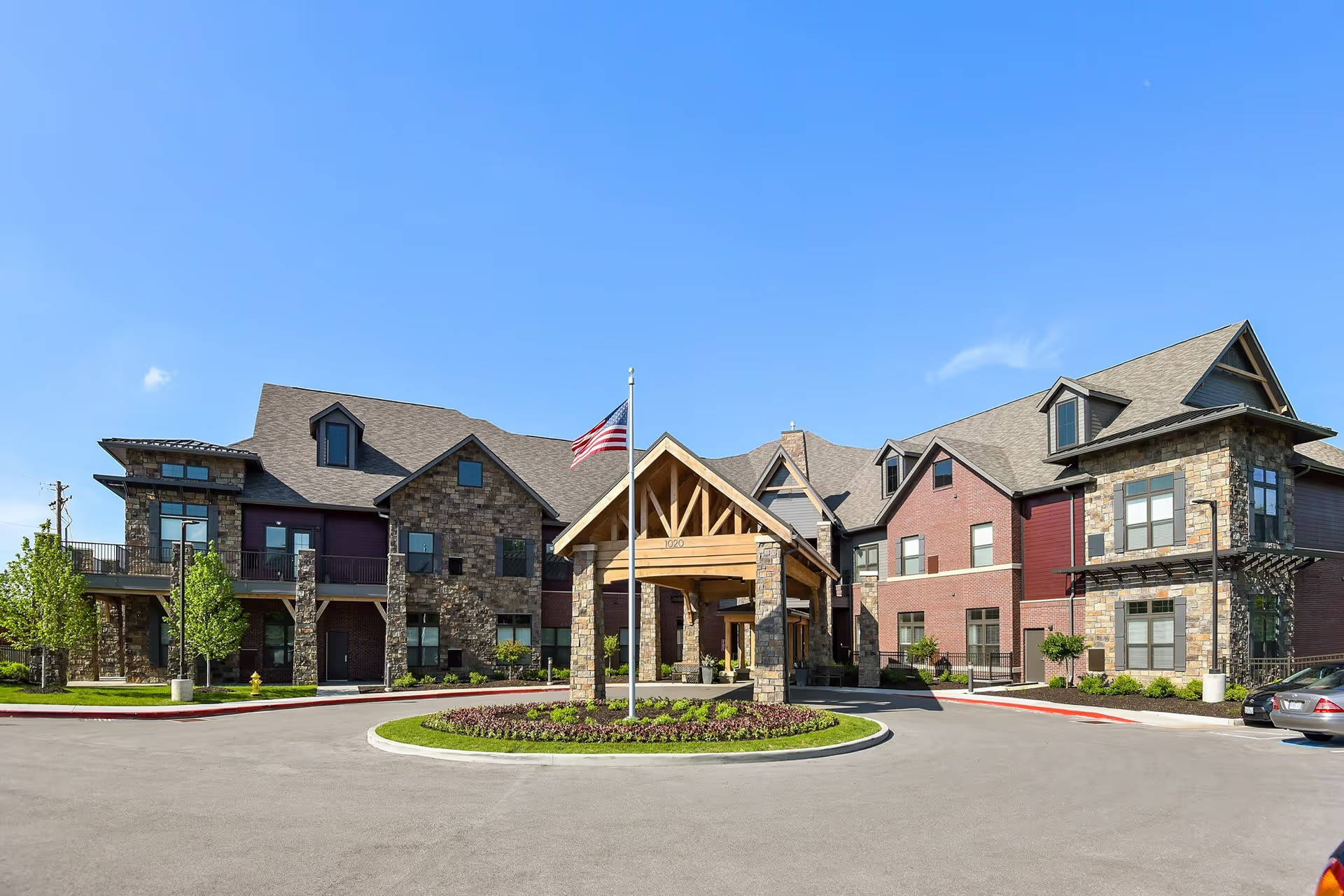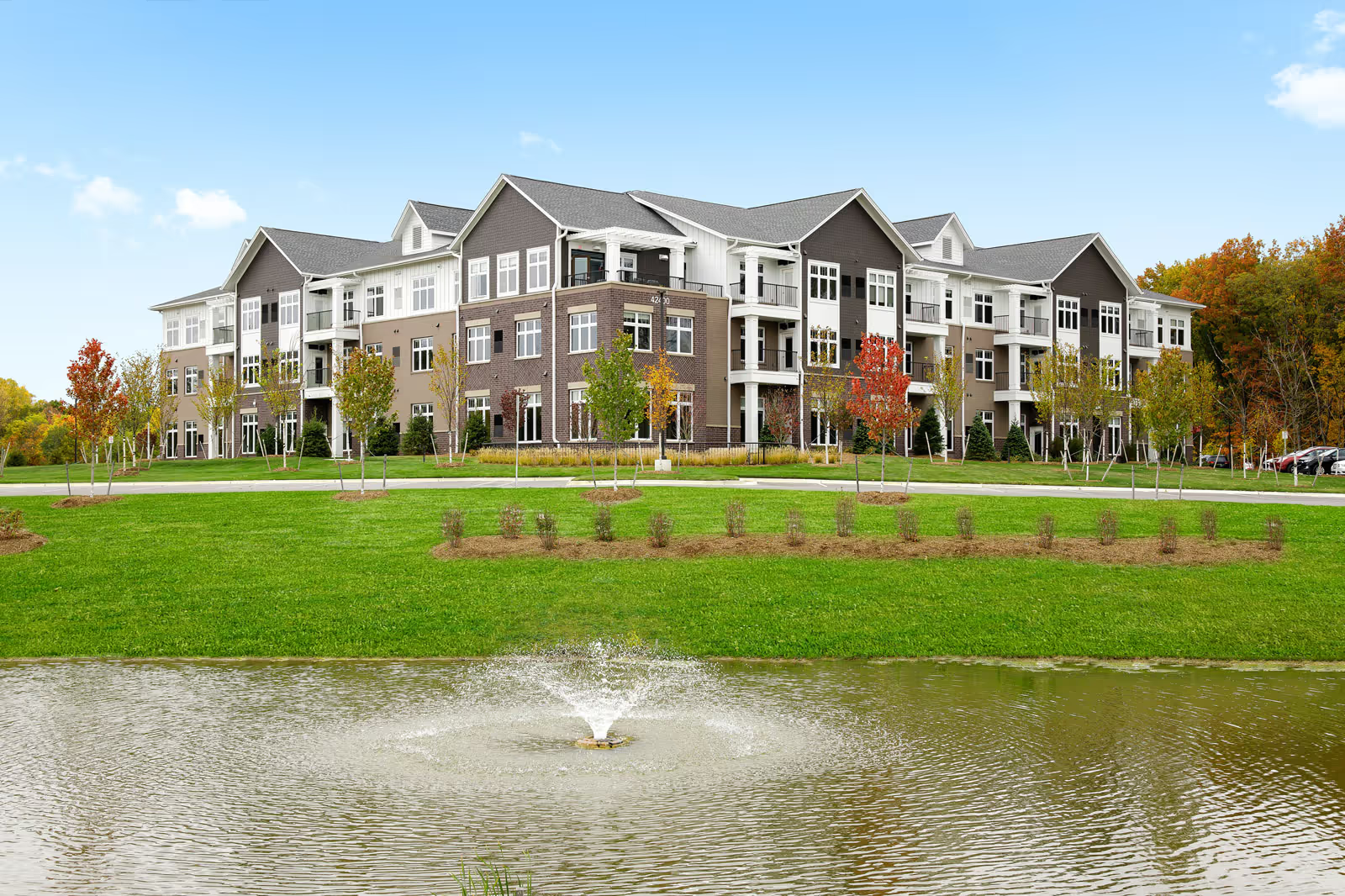Overall impression: Reviews for VitaCare Living of Mount Horeb present a mixed and evolving picture with strong polarization across time periods and among reviewers. A number of long-standing complaints describe a period of decline characterized by poor management, staffing problems, safety and maintenance issues, and lapses in basic care and responsiveness. However, several more recent reviews indicate an upswing after management changes, reporting improved response times, happier residents, and corrections of previously cited problems. The dominant pattern is one of inconsistency: care quality, responsiveness, and management appear to vary significantly depending on timing (pre- vs. post-acquisition or management change) and the specific staff on duty.
Care quality and resident wellbeing: Multiple reviewers described serious concerns during the period of decline: neglect, alleged abuse, slow emergency responses, residents being left unattended, and an overall sense that the facility had "left to rot." Several families specifically advised others to avoid the facility based on these experiences. Conversely, other reviewers — especially those commenting after a change in management — report that residents are well cared for, smiling, and enjoying life. Some reviewers emphasize that the facility is suitable for Alzheimer's needs and that particular residents were looked after well by certain caregivers. This split suggests the facility's ability to deliver acceptable care is currently uneven and may be improving under newer leadership, but past issues remain salient in reviewers' minds.
Staff and communication: Staff quality is the most consistently mixed theme. Many reviews call out incompetent, poorly trained, or unresponsive staff: examples include ignored call buzzers, poor communication with families, and staff perceived as spending too much or too little time with specific residents (raising concerns about favoritism or inconsistency). At the same time, several reviewers praise "gems" among the caregiving staff and describe a friendly, home-like team. Language barriers are also cited as a barrier to clear communication and quality care. Reviewers repeatedly flagged communication and management as problem areas — poor communication from leadership and inconsistent follow-through were common grievances — though some reviews explicitly state that communication and response time improved with new management.
Management, ownership, and patterns over time: A recurring theme is a deterioration in care following an acquisition or change of ownership; multiple reviewers said the facility declined after being sold and criticized the owners for neglect and lack of oversight. Several comments explicitly warn prospective families to "beware" the recent sale or new ownership. Conversely, other reviewers specifically credit improved management for positive changes: resolved complaints, better emergency response, and a more positive daily atmosphere for residents. The reviews therefore suggest that outcomes are strongly linked to the current management and ownership practices, and that recent leadership changes may be producing measurable improvements for some residents.
Facilities, activities, and practical concerns: Reviewers mention maintenance issues and facility deterioration during the period of decline. Activity programming is a common negative: multiple reviews call out "zero activities" or very limited engagement opportunities for residents, which impacts quality of life, particularly for cognitively able residents. Some reviewers also noted practical concerns such as the facility's location being far from places family members visit and a small on-site staff complement that can contribute to understaffing at busy times. Dining is not consistently discussed in the available summaries, so there is insufficient data to draw conclusions about food service.
What this means for prospective families: The overall signal is cautionary but not uniformly negative. If you are considering VitaCare Living of Mount Horeb, the key considerations are timing and direct observation: many reviewers reported significant problems during an earlier period of ownership, while others — particularly those referencing recent management changes — report meaningful improvements. Important steps before a decision include: asking for details about current ownership and how long they have been in place; touring the facility multiple times (including mealtimes and activity periods); asking for staff-to-resident ratios and turnover statistics; observing staff responsiveness to call systems; and requesting references from families currently with recent move-ins. Given the history of uneven care, prioritize direct evidence of consistent, reliable staffing and transparent communication from management.
Summary judgment: Reviews paint a facility that has struggled with serious operational and care issues but also shows signs of recovery under newer management according to several families. Strengths include a smaller, home-like environment, some dedicated caregivers, and reported improvements in response time and resident mood. Major weaknesses remain: past reports of neglect/abuse, inconsistent staff quality, poor communication, lack of activities, maintenance concerns, and instability related to change of ownership. Those considering this facility should investigate current management practices and real-time conditions thoroughly and weigh both the historical negative reports and more recent positive feedback when making a decision.
